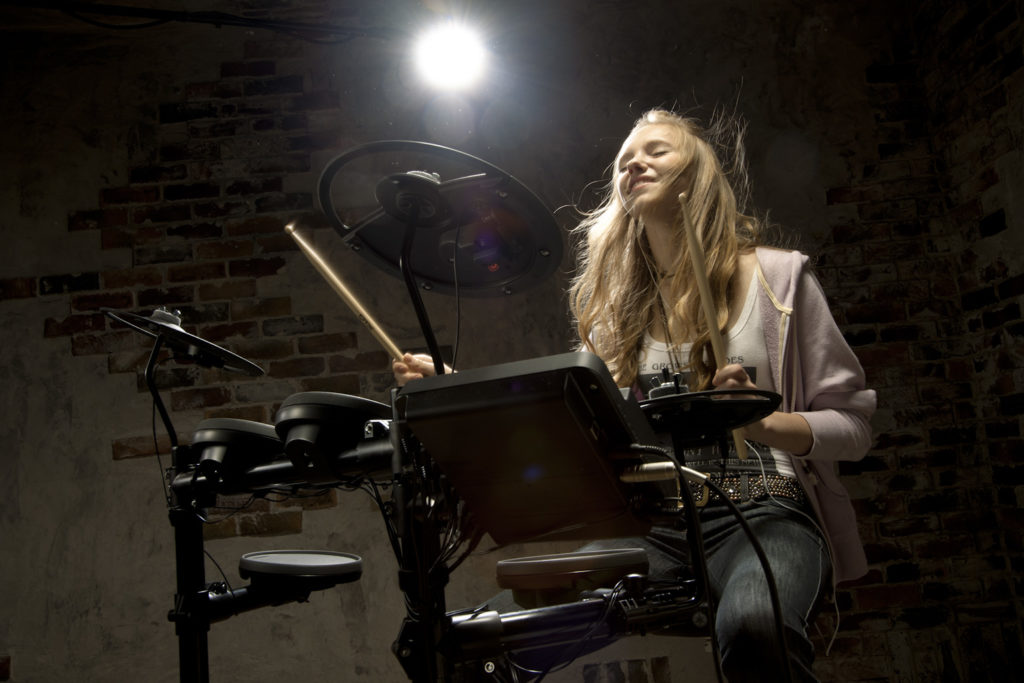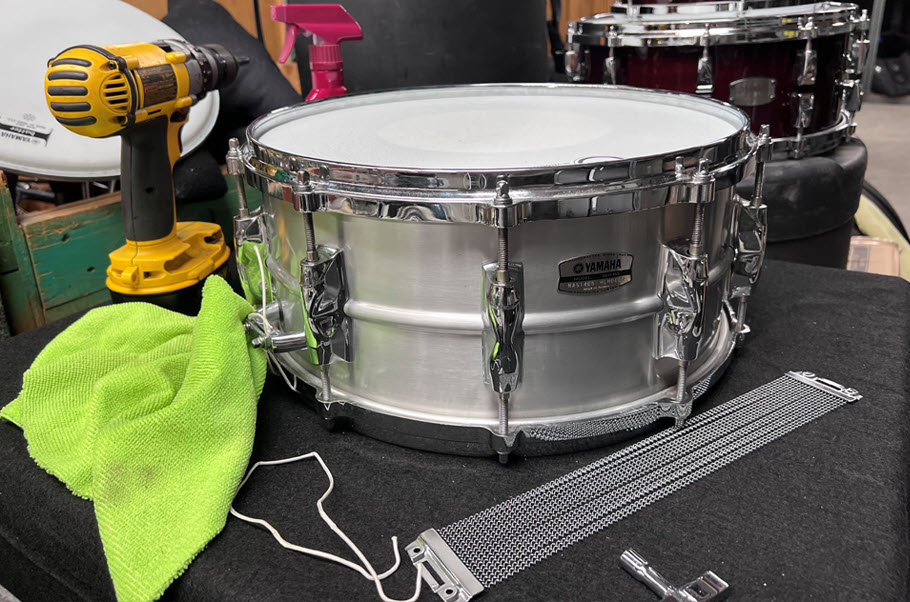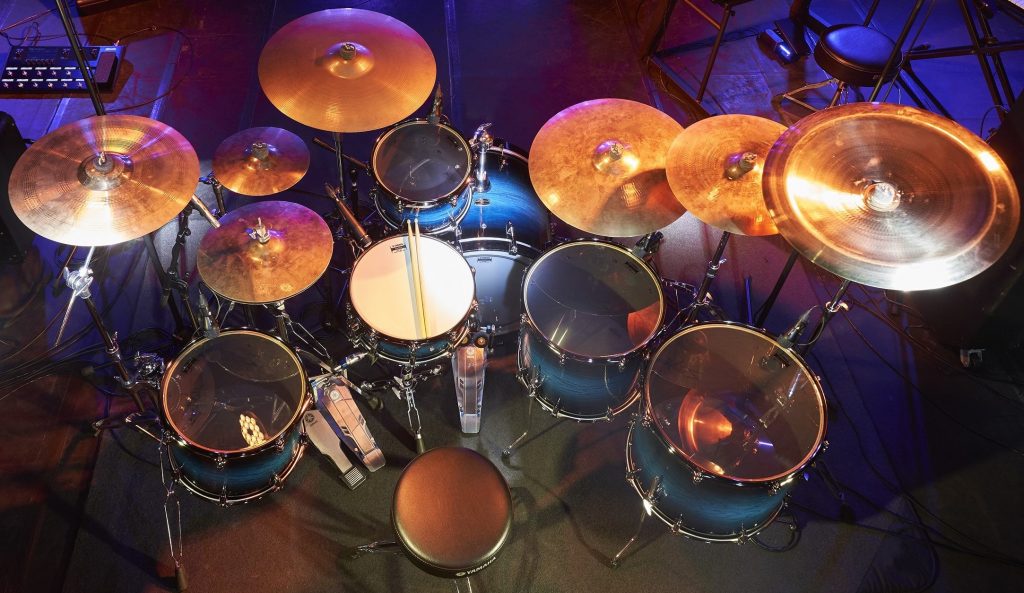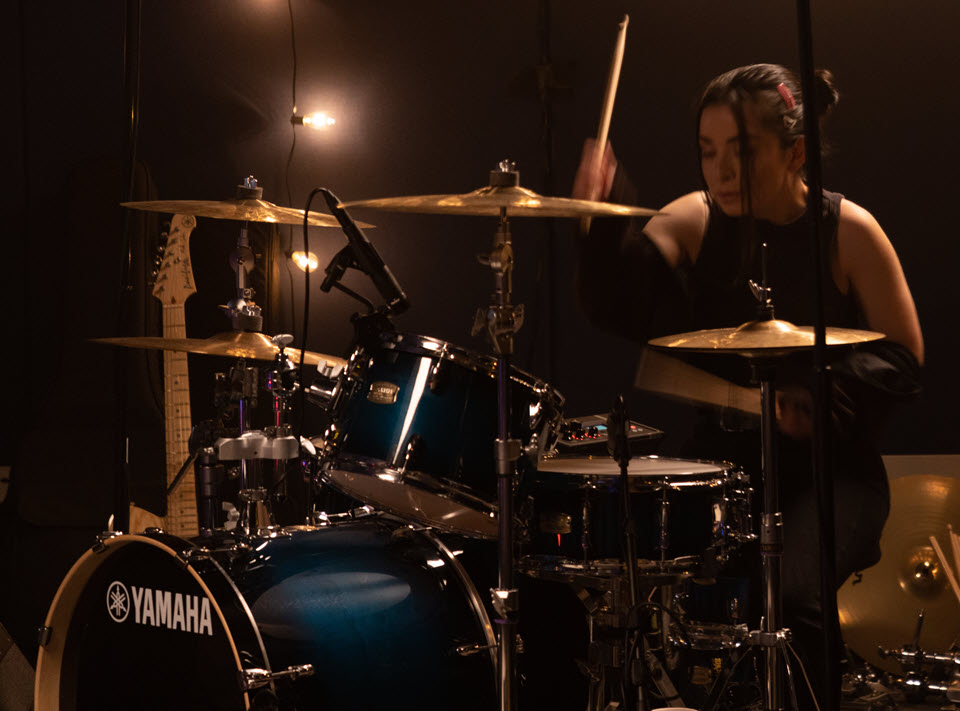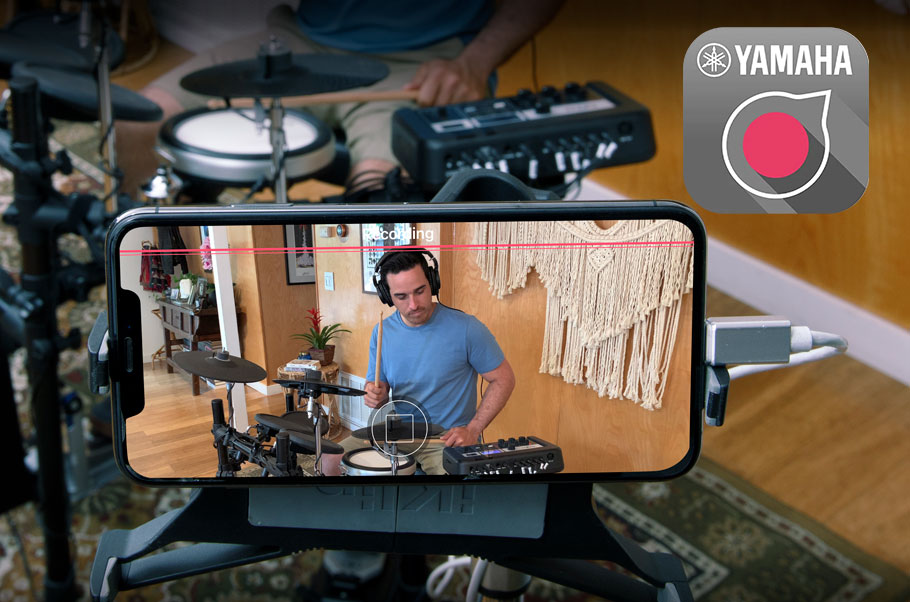The Highs and Lows of Life On Tour
What to expect and how to prepare.
Playing drums on a tour can be an amazing experience, but it does have ups and downs. Here are some things to consider before you hop on that tour bus.
Plan for The Gig
Successful tours start with careful planning, so before you hit the road, be sure you’re ready — not just in terms of your playing skills, but logistically as well.
One of the most important issues in touring at any level is knowing what gear to take along for the ride. While it would be nice to bring a ten-piece drum set with two kick drums and a dozen cymbals, it may not be practical, especially when you’re in a “support” act (an act that performs before the headliner). Bring only as much gear as you need to get the job done (such as, for example, a five-piece Yamaha Stage Custom Birch drum set), keeping in mind that some of the greatest drummers (Gene Krupa, Buddy Rich, John Bonham and Ringo Starr, to name just a few) played small kits.
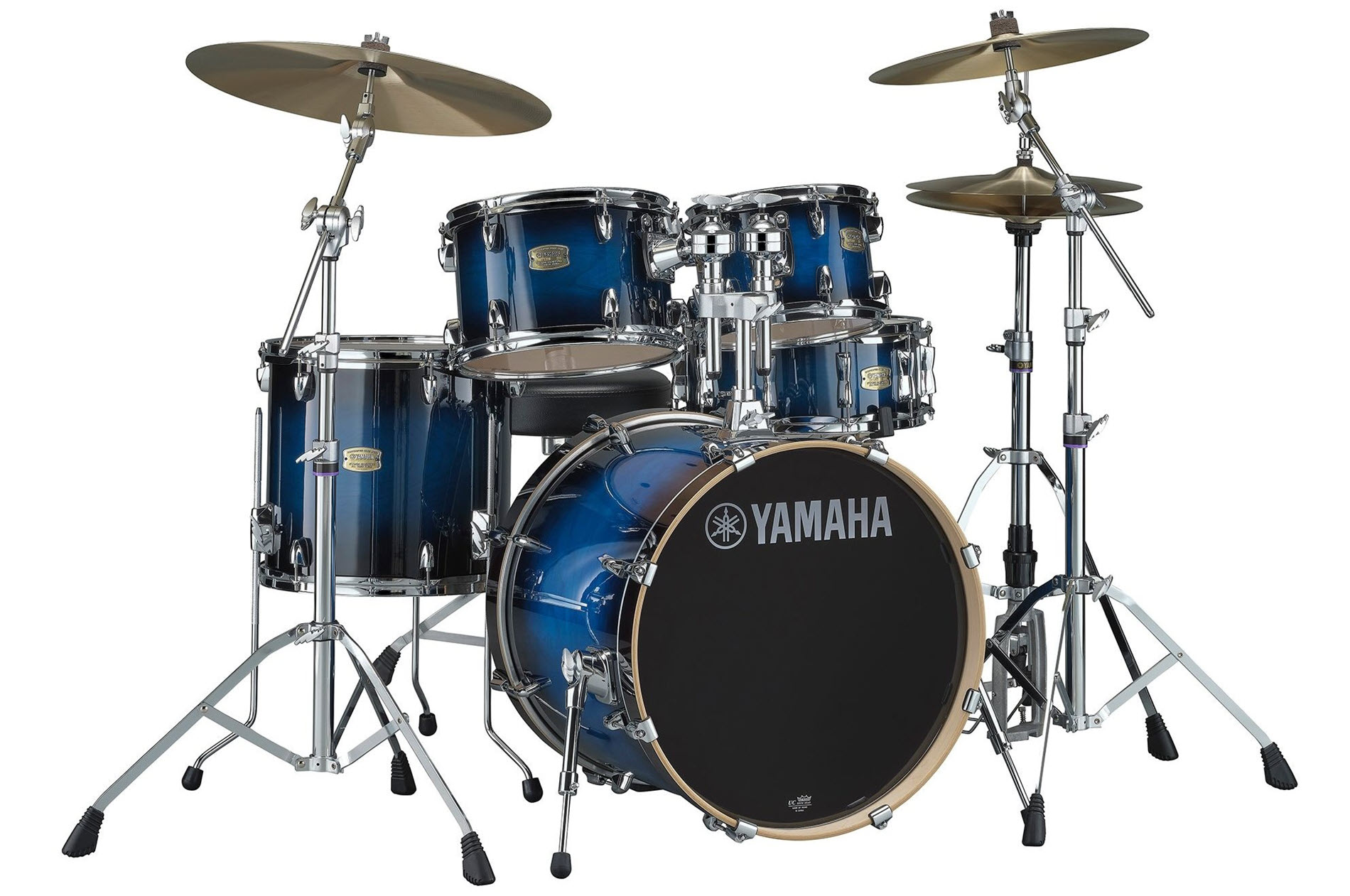
If the music you’re playing requires a wide variety of drum and percussion sounds, consider augmenting your acoustic drum set with a few electronic drum pads and an electronic drum module, which can add hundreds of sounds to your palette.
Test Case
Transporting your drums in cases is a must. Drum bags are adequate for small tours where you’ll handle your own gear, but hard plastic or road cases offer more protection, which is especially important in situations where stagehands will be loading your gear. Unfortunately, hard cases also take up more space and may not fit in a passenger car. To ensure your tour kicks off to a smooth start, do a test run with empty cases in advance.
Pool your resources by having a few band members ride in a van with the gear while the rest ride together in another vehicle. When your band starts making money, you can look into the possibility of hiring a “bandwagon” or a tour bus pulling a trailer.
Expect the Unexpected
When creating your “pack list,” don’t forget spares for mission-critical items such as drum sticks, bass and snare drum heads and a bass drum pedal. Pack a small toolbox with common tools plus drum keys, felts, extra tension rods, snare cord or tape, gels for reducing ring, and maybe an extra T-rod and claw for the bass drum.
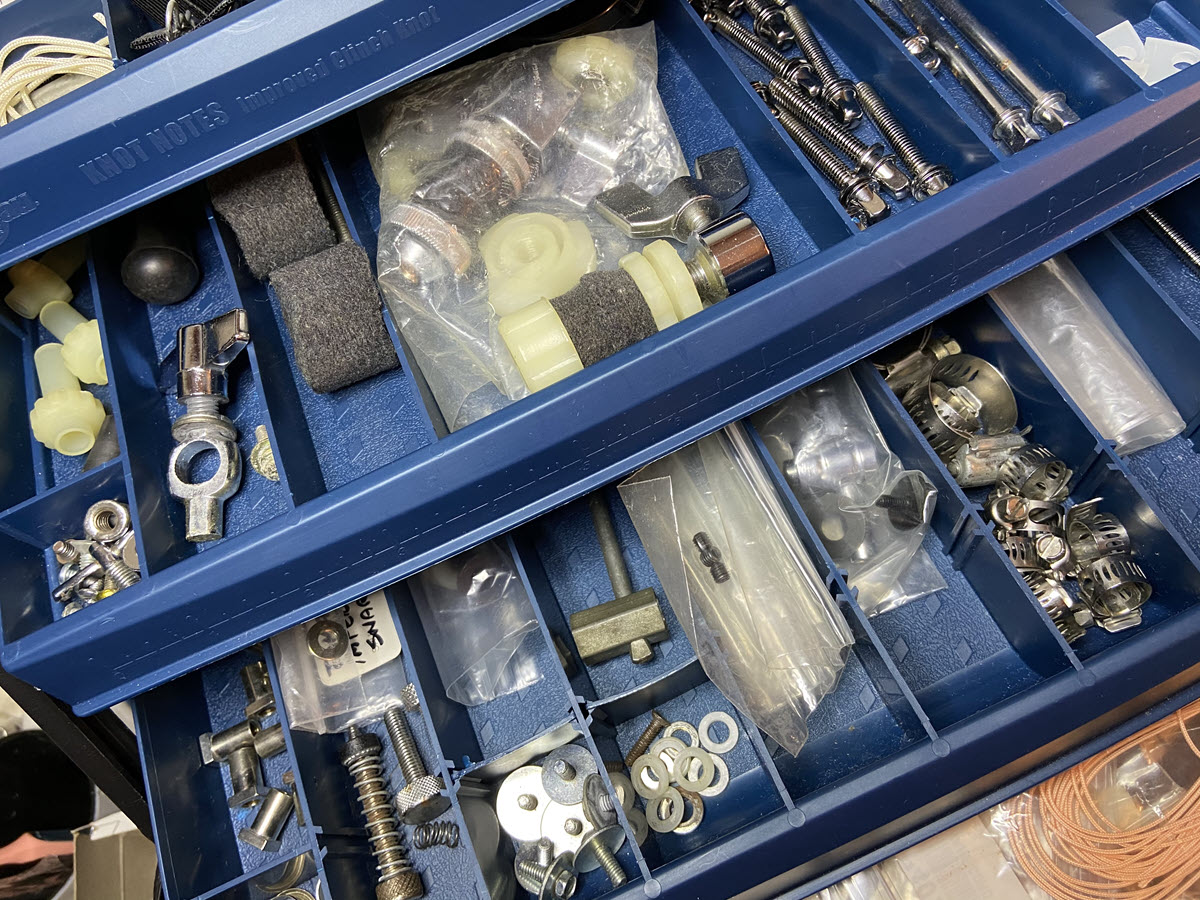
The Show Must Go On
Stuff happens, as the saying goes, but there are things you can do to reduce the likelihood of a show-stopping failure. Impact pads extend the life of a bass drum head, but it’s also a good idea to carry a patch pad (readily available at your nearest drum store or online) that can get you up and running quickly in the event that the bass drum head breaks during a show.
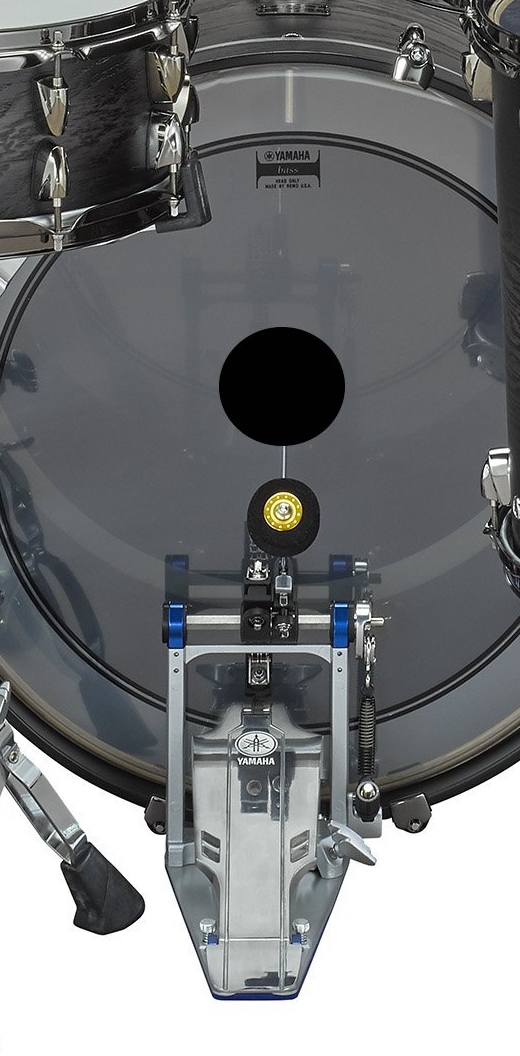
The cord that holds the snare wire can also break under stress from hard hitters, but many snare throwoffs will accept tape or ribbon in place of cord — either of which is much less likely to break.
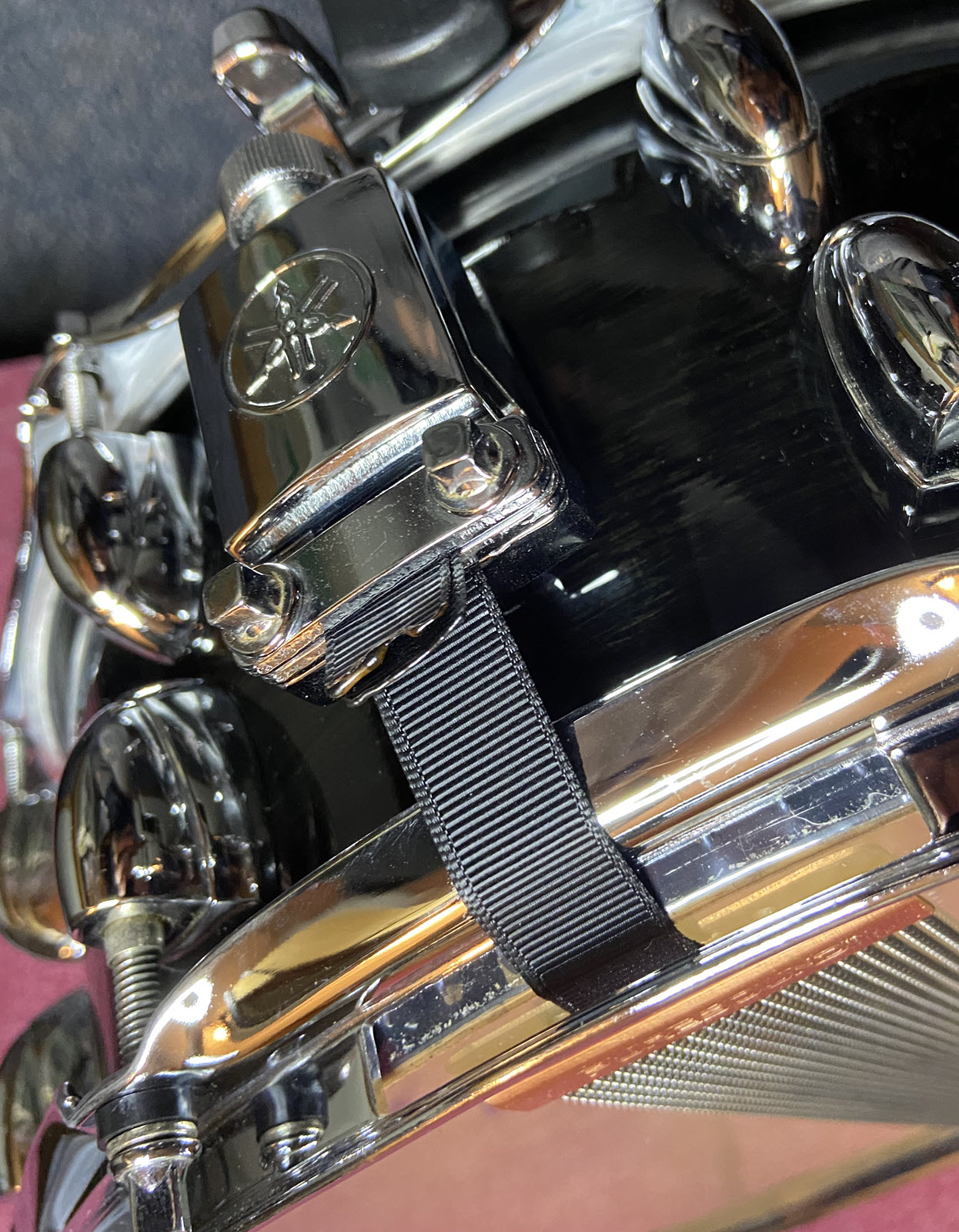
It’s also a good idea to consider bringing an extra snare drum on tour. This will enable you to quickly swap out a broken one until you have time to make repairs.
Ask the Right Questions
The day-of-show schedule is an important aspect of touring, and is part of the “advance” that happens via phone or email long before show day.
Here are the important questions to ask before each show:
- What time are you expected for load-in?
- Where can you park your vehicles?
- Will you have stagehands to load in/out and help set up?
- Are you using any house gear (drums, amps, PA, etc.)?
- How much time will you have to set up your gear and sound check?
- What is your set length and start time?
- Is there an area where you can set up your gear while other artists are working onstage?
- Will you have a dressing room?
Plan to arrive at the venue early — but not too early, because you don’t want to be in the way of other acts (a half-hour is sufficient). If you’re in the support band and the headliner allows you on stage while they’re working, be respectful by not making any noise until they’re finished with sound check. Nothing is better than talking shop with musicians you admire, but don’t act star-struck. If you’re lucky enough to have a drum tech, show them how you want your kit set, then use memory locks on the hardware where possible to ensure consistency from day to day.
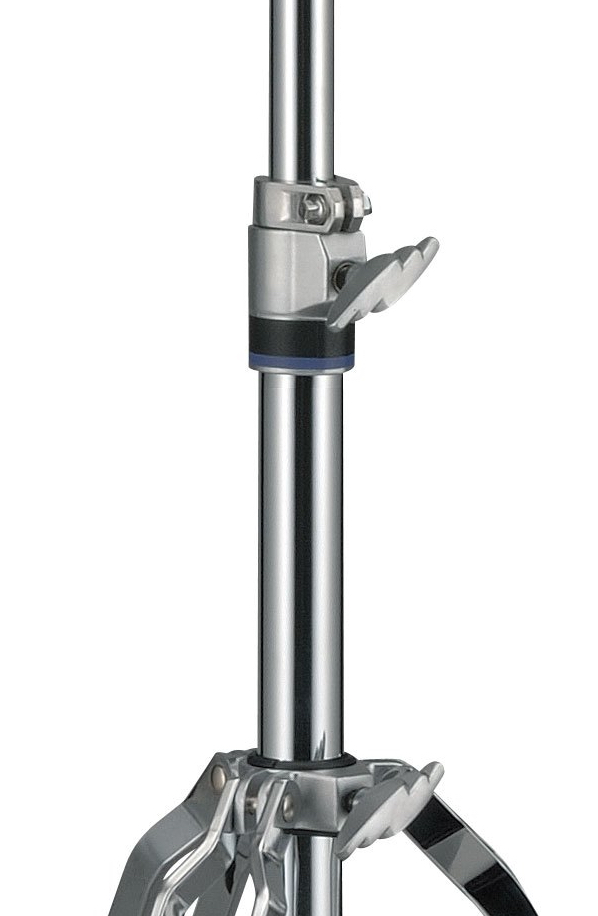
Sound Check Etiquette
A little bit of courtesy to the house crew at a venue goes a long way. Introduce yourself and make sure that the engineers have your stage plot and input list. They’ll inform you when and where to set your gear onstage, and will tell you when they’re ready to check mics and dial in your monitors. Remember to stay focused on the task at hand; the less distracting noise you make, the faster you’ll be dialed in.
When sound check is over, you may have some down time. If you plan to eat a meal before the show, keep it light so that you’re not dragging through the set, or eat after the show. Try to find a space where you can set a practice pad, warm up, and get into “show mode.”
The Best Part of The Day
Without a doubt, the best part of the day is performing! It’s easy to let adrenaline take over, but be careful with your tempos and keep a metronome handy (for your ears only, of course) so you can quickly establish a tempo before you count off a song. Keep the vibe positive and play off the other band members as well as the audience. Most of all — have fun!
After the Show
An up-and-coming band may need to tear down and pack their own gear, but with success comes the ability to hire roadies and/or stage techs to handle that job. Bands traveling on a tour bus often retreat to the bus during load-out, which is a great place for a post-show hang while the techs are still working.
Long drives can be tough — especially when a band is crammed into a van — but they’re also a good opportunity to discuss aspects of the show that can be improved. Make sure you’re as comfortable as possible for long trips. Load an iPad with movies, music or PDFs of books, and have a hard copy of a book or magazine as backup. Carry earphones for listening to music (not everyone wants to hear your tunes), and earplugs in case you want to shut out the world for a while. An inflatable travel pillow can help support your back or neck and keep you comfortable if you fall asleep.
One of the most difficult things to do while touring is to maintain a routine. Sleep is always at a premium, so minimize the partying and get as much rest as possible. Try to keep up with exercise routines and take advantage of hotels that have fitness rooms.
Rollin’ on Down the Highway
One of the best jobs in life is that of making music, and touring provides an opportunity to bring that music to fans and get instant feedback. The energy between a band and their audience is exhilarating, and there’s nothing better than watching a member of the audience mouth the words to one of your songs. You’ll have the chance to meet new people (some of them famous), see people you may have only known via social media, and visit new places. It’s an incredible feeling to do something you love, get paid for it, and, with a little bit of luck, see the world too.
Photographs courtesy of the author.
Check out the full line of Yamaha acoustic and electronic drums.










